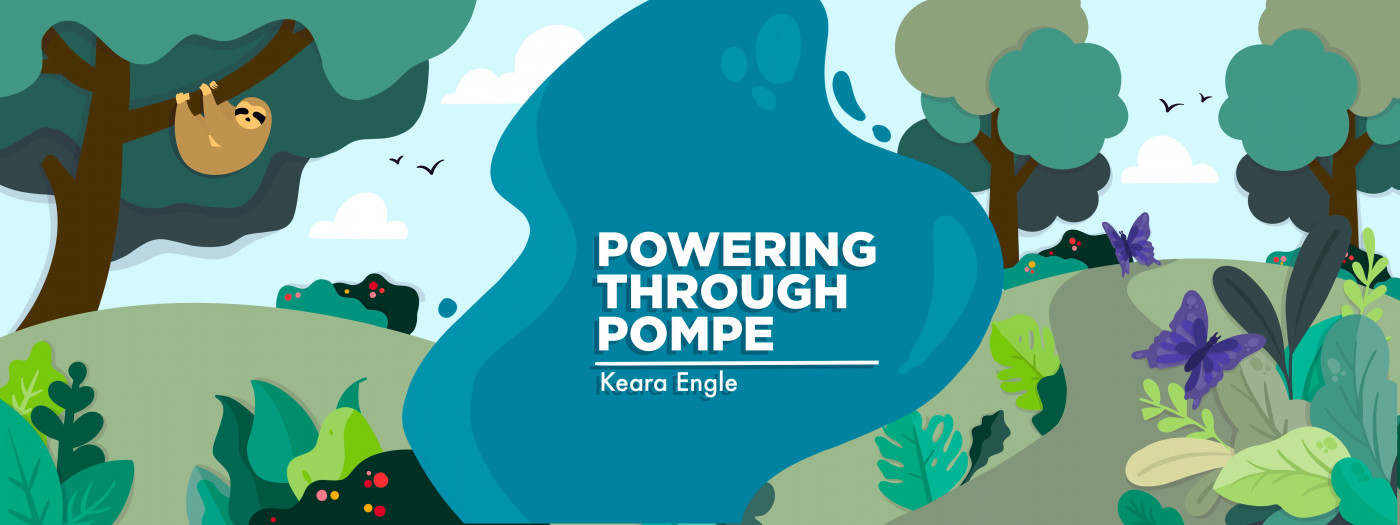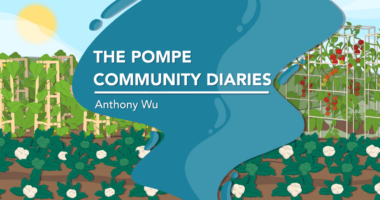My tube-fed son is trying a new blended food product
Whole Story Meals is yet another dietary change for my boy with Pompe

My 6-year-old son, Cayden, has been using a feeding tube since he was a newborn. Although I feared the tube at first, I’ve learned to be thankful for its benefits.
Cayden required a feeding tube as a result of symptoms related to his infantile-onset Pompe disease; in fact, he had a hard time eating from the moment he was born. Pompe disease weakened the muscles that he used to suck and swallow. He was burning more calories than he was taking in, which led to the assessment of his failure to thrive. We also learned that he was aspirating breast milk, which meant he had a significant chance of getting pneumonia.
Cayden received breast milk and formula through his feeding tube until he was a year old. At that point, we switched him to a blended food diet. I felt that real foods and their nutrients would benefit him more than a pediatric formula, and I was right.
Before switching to a blended food diet, Cayden was struggling with all of the kinds of formulas we’d tried. He’d vomit profusely after each feed. Even though his doctors had us prepare his formula in a special way to increase the calorie content, he was still struggling to gain weight.
Once he started the blended diet, he no longer had issues with nausea and vomiting, and he started to gain the weight that he so badly needed. The first such product we used was Nourish. We’d mix a few pouches of it with water and feed it to him through his gastrostomy tube (G-tube).
Everything was going great — until it wasn’t. Cayden had started to have some pretty terrible stools, which were causing painful rashes on his bottom. No matter what cream we tried, nothing worked. Finally, I asked his nutritionist if we could switch him to another blended food product and see if that would help.
We ended up switching him to Real Food Blends when he was about 18 months old. I was excited to use this product. It offered six meal options, so we were able to give Cayden a larger variety of foods. Real Food Blends has since come out with a few more meal options. He did so great with this product, but recently that changed.
Our latest meal choice
The bowel issues have struck again, and Cayden has started to experience some diarrhea and stomach pain. We thought he’d lost some weight, but that turned out to be an inaccurate measurement. Regardless, I got in touch with his nutritionist, voiced my concerns, and asked her if we could switch him to yet another blended food product, Whole Story Meals.
The nutritionist agreed that switching Cayden’s diet was a good idea. She had some samples of Whole Story Meals shipped to our house so we could try the new product before switching him completely. That way we’d know if it worked for him before getting a whole month’s worth delivered.
The cool thing about Whole Story Meals is that it’s a powder. The last two products Cayden used were already liquified blended meals. Whole Story Meals, instead, is a freeze-dried meal replacement. We’ve chosen to use water and a bit of soy milk to prepare it. Pediatric users have two meal options available.
We made the switch several days ago, and so far, Cayden’s responding well. I’m eager to share the good news about the switch when we have our upcoming telehealth visit with his nutritionist. Hopefully, he’ll continue to do well on this new product, as it’s certainly one that I like!
Note: Pompe Disease News is strictly a news and information website about the disease. It does not provide medical advice, diagnosis, or treatment. This content is not intended to be a substitute for professional medical advice, diagnosis, or treatment. Always seek the advice of your physician or other qualified health provider with any questions you may have regarding a medical condition. Never disregard professional medical advice or delay in seeking it because of something you have read on this website. The opinions expressed in this column are not those of Pompe Disease News or its parent company, Bionews, and are intended to spark discussion about issues pertaining to Pompe disease.







Leave a comment
Fill in the required fields to post. Your email address will not be published.